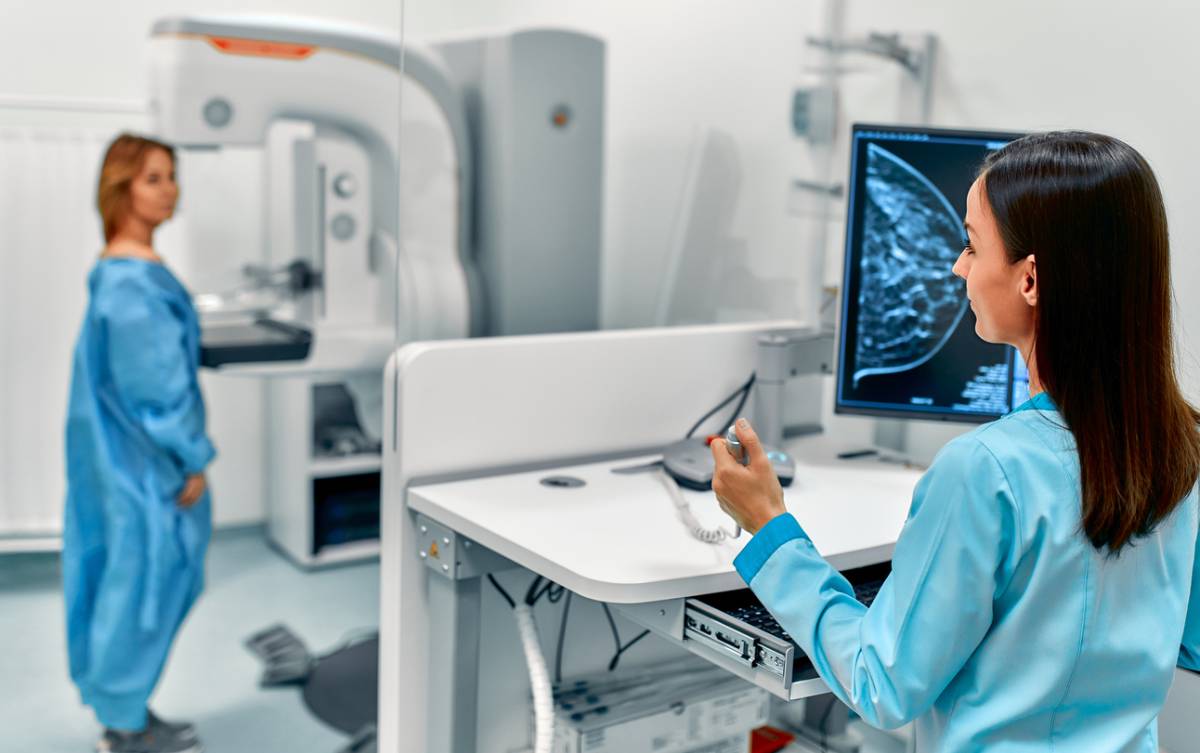One of the best ways to get ahead of a breast cancer diagnosis is by getting your regular mammograms. Roughly one in eight women in America are diagnosed with breast cancer at some point in their lifetime. Catching breast cancer early on via a mammogram is one of the most important factors for survival. Women’s health screenings can sometimes get complicated so it’s important to be aware of the various appointments you need to schedule. Below you will find helpful information on the difference between a traditional vs 3D mammogram.
Traditional vs 3D Mammogram
Attending all of your regular women’s health appointments is crucial to your overall health. This includes your regular mammograms. There are different types of mammograms so it’s important to know their respective differences. A traditional mammogram provides a 2D image of the top and sides of your breasts.
While traditional mammograms were beneficial, technology has advanced and 3D mammograms in Houston are considered the most effective screening method. 3D mammography utilizes an X-ray tube that moves around your breast tissue in an arc shape. This captures multiple images from a variety of angles which creates a multi-dimensional image of your breast. The major benefit of this technology is that it can separate the overlapping tissues in your breast to get a closer look. 3D mammograms are highly sensitive and can find abnormalities and masses much more effectively as compared to a traditional mammogram.
When to Get Screened
We recommend women at an average risk of breast cancer begin screening annually starting at 40. Research has shown that if a woman is not considered high risk, her chances of dying of breast cancer are dramatically reduced by getting annual mammograms starting at age 40. However, you should talk with your doctor about when, and how often, you should have screenings. This is a great question to ask at any of your annual women’s health checkups.
For women at a high risk for breast cancer, getting mammograms earlier is necessary. A person becomes considered high risk if they:
- Have a history of breast cancer
- Genetic mutations linked to breast cancer
- Have a close family member who has had breast cancer
Age also works as factor as it most often impacts women over 40. Some factors can place you at a higher risk for breast cancer, including being overweight or obese, excess alcohol consumption, failing to regularly exercise, smoking, and taking hormones. The major benefit when it comes to these factors is that you have some control over them.
Learning About Your Own Situation
If you are unsure if you are at high risk, or have questions about your level of risk, contact your women’s health provider to schedule an appointment. Gather any relevant information about your family history to ensure your medical provider can provide you with their best recommendations and information. For those who don’t know exactly which questions to ask your doctor, consider the following to help guide you through your appointment.
- What is my risk level for breast cancer?
- When should I get my first mammogram?
- How often should I get screened?
- When can I stop getting mammogram screenings?
Schedule Your Mammogram Today
If you need to schedule your annual mammogram, contact Pink Door Imaging today. They offer 3D mammography in Houston and provide a safe and comfortable screenings with fast results. The mammogram itself takes roughly ten to fifteen minutes and you should get your results by the very next day. You do not need a doctor’s order to get a screening mammogram and Pink Door Imaging offers walk-in appointments. Contact their office today for more information!


